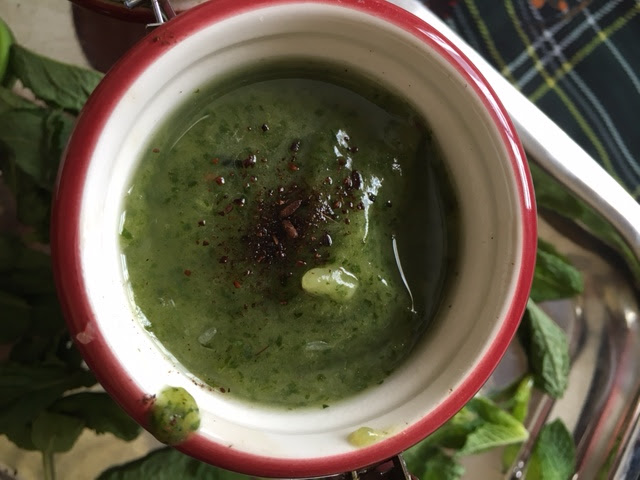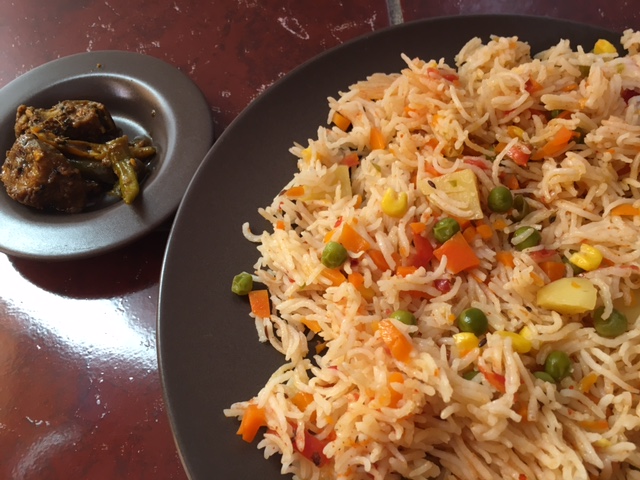Who doesn't love to return home to a chilled healthy mocktail prepared with fresh and seasonal fruits? Growing up I would so look forward to reaching home after school to drink up my glass of mango milkshake, Roohafza water or rose-flavoured milk. Even today I love treating myself to glass of something fruity, fresh and chilled.
I often find myself thinking of different mocktails to prepare, apart from the regular ones such as shikanji (spiced lemon water). Lucky to have born in India, I can never run out of ideas to expand my everyday kitchen menu. Check out some more healthy options to make a chilled drink for the kids or for guests this summer here. Indian food is just so varied.
My father always says - just like the language changes, at every 100 kms you move away from Delhi, similarly changes the food, ingredients and flavours.
And I guess food is one of the many things that binds all us Indians together. Being a proud North Indian, I admire the delicacies from the South and North-East alike.
Aam Panna is a delicious sweet and sour drink mostly prepared before the onset of summers when the mangoes are beginning to ripen and green raw mangoes are in abundance. It is a squash made by pulping kachchi ambi or raw mango and can be prepared in so many ways.
Some like it spicy and like to add rock salt and roasted cumin powder, while some like to keep it tangy retaining the sour taste of the raw mangoes and add very little sugar, and others sweeten it with jaggery or sugar. In this version I have added mint leaves to make this sweet and sour summer cooler.
Kachchi Ambi or raw mango is loaded with Vitamin C, niacin and Vitamin B. It is just so good to keep yourself from getting dehydrated when the mercury soars.
The mint leaves lend a refreshing and cooling taste. Weight watchers can do away with the sugar and instead of using raw green mangoes choose the riper ones as those are naturally sweet. Another healthy way to sweeten this drink is by using jaggery. Just cook jaggery with some water in order to make a thick sweet liquid and add it to the squash. Jaggery is rich in iron.
This is a simple recipe and hardly takes 20 min to get done with and yields 10-12 glasses of Aam Panna. Just get a couple of green raw mangoes (3-4), wash and pressure cook them. Upon cooling peel the mangoes and scrape out the mushy pulp off the mango seed. Now using a blender or a mixer, blend together a cup of mint leaves along with the mango pulp and 4-5 spoons water, 4-5 tbsp sugar. Now add roasted cumin powder and your Aam Panna swquash is ready. Store in an air tight jar in the refrigerator for a week.
To prepare a serving of Aam Panna, in a glass add 3-4 tbsp of the squash, add chilled water, ice cubes and 1/2 tsp rock salt. Mix and serve chilled.
Have you tried this Indian drink?
How do you like to make your Aam Panna?
How did you find this recipe to make the Aam Panna squash?
Tell me all, I'd love to know what you think!
Thanks for reading! :-)














































